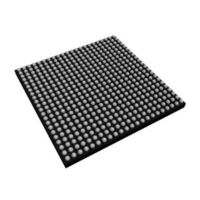Microsemi M2S025 Manuals
Manuals and User Guides for Microsemi M2S025. We have 1 Microsemi M2S025 manual available for free PDF download: User Manual
Microsemi M2S025 User Manual (124 pages)
SoC FPGA and IGLOO2 FPGA Fabric
Brand: Microsemi
|
Category: Microcontrollers
|
Size: 2 MB
Table of Contents
Advertisement
